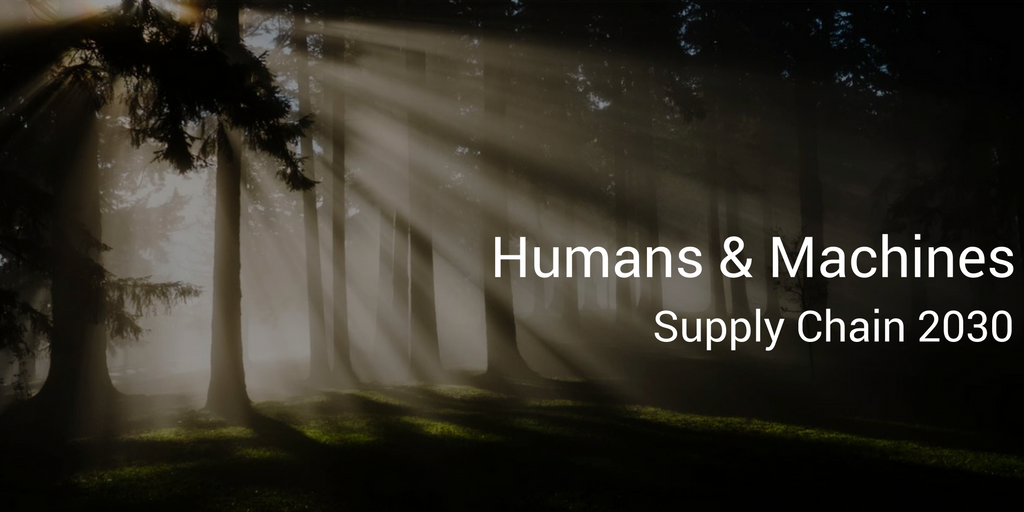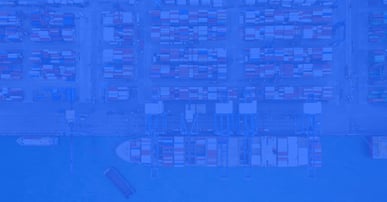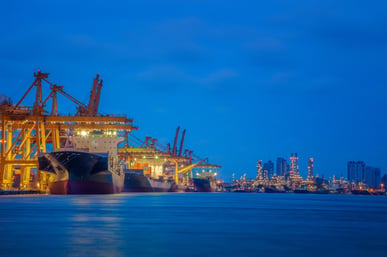Buckle your seat belts. If you think the past few years were jammed pack with logistics and SCM transformations and innovations, just wait. According to last week's social media survey, a majority of our respondents expect even more dramatic changes by 2030 within the logistics/SCM industry.
Supply chain 2030:
SCM Will Self-Orchestrate
Last week we asked:
“By 2030, do you foresee big changes in the logistics industry in terms of online transformation, autonomous moves, level of human intervention?”
The results, as always, were quite interesting with 56% indicating yes, dramatic changes are expected; 35% of the respondents also indicated yes but to an extent and lastly, 9% commented no big changes in the logistics industry are expected by 2030.
Analysts agree with the majority of our survey respondents who expect changes, dramatic or not within logistics. According to Frost & Sullivan, the supply chain of tomorrow will be leaner, faster, and most importantly, self-orchestrated.
Digitization of Freight Business
Online freight companies have multiplied in the past few years. These websites offer shippers the ability to compare quoted rates, book and track shipments from origin to destination in real-time and 24/7/365. The biggest benefit is the increase in efficiency these tech companies provide. No more spreadsheets, playing telephone tag, or the need for a fax machine. Required documents, notes, and collaboration are all provided in the online product.
Related Reading: Supply Chain Talent Crisis | The Imbalance in Future Logistics
Will Machines Take Over?
As autonomous vehicles become a reality, robots will increasingly be used in delivery as well as fulfillment functions.
Truck platooning and autonomous trucks could be a reality by 2030. According to Frost & Sullivan estimates, semi-autonomous trucks will reach a penetration rate of 5% by 2030. Autonomous vehicles will mean better fuel economy. Truck platooning, for example, could mean saving as much as 20% on fuel costs.
Here's an example. According to a Los Angeles Times article, the shoe retailer, Sketchers, closed five facilities in California and opened one huge warehouse that employees 550 people, half the number previously employed. Many of them sit behind computer screens, monitoring the activities of the facility’s true workhorses: robotic machines. By 2025, Gartner predicts that one-third of jobs will be performed by robots.
This then also leads to the question of what will the industry and society do to train the displaced workforce. Regardless, if this work is physically done by machines, humans will still be needed to manage and operate the software and hardware that makes these robots run. We will have a larger need for the global workforce to have innovation and technology-based training. to learn how to work the new technology operating logistics and SCM.
This is indeed a touchy subject. With a major part of the U.S. election this year run on the platform of "more jobs, brings jobs back and Made in America etc.", technology in logistics, SCM, transportation isn't always received with open arms. In my opinion, we just need to prepare the workforce for such a transition. Begin innovation training now. Offer courses and education and paths for transition now to make sure everyone can play a role in SCM in 2030.
Ocean Freight Rates in Real-Time
Disruptions and Innovation are changing today’s supply chain at a rapid clip. As such, ocean freight rates can change at a moment’s notice. Faxes, Excel sheets, and phone calls usually used during contract negotiations and general market intelligence, is the story of yesteryear.
Learn how the Xeneta platform works and how you can use it to see how your ocean freight prices perform against the market in real-time and on-demand. Make sure your supply chain flow is not interrupted and stay abreast of current ocean freight prices.
- Data for 160,000+ port-port pairs, trade lane corridors
- 23+ million contracted rates
- Turnkey solution; zero implementation effort


-1.jpg)



